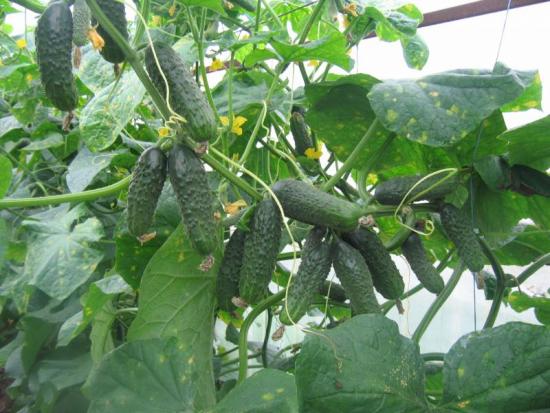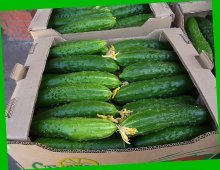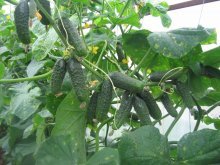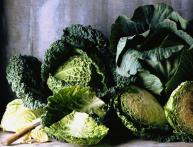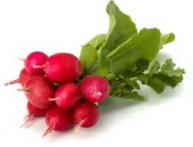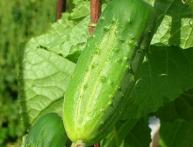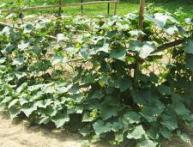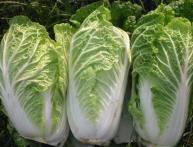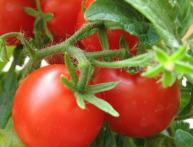Cucumber Kibria: varietal characteristics and characteristics of the variety
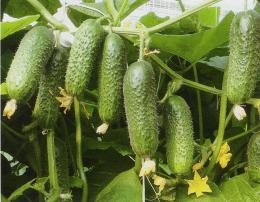
Kibria is an ultra-early cucumber hybrid from the famous Dutch producer Rijk Zwaan. It was first released in 2009. Can be used for cultivation in winter-spring and summer in closed and open ground.
Content:
Varietal characteristics
Kibria cucumber is a hybrid with a ripening period of 35 to 45 days. It was first included in the State Register of Varieties in 2011. According to it, it is zoned for cultivation in the Central and North-Western regions. Kibria is a parthenocarpic variety with a predominantly female type of flowering.
It is characterized by vigorous plants of unlimited growth type. Its lateral branching is poorly developed. This hybrid is also characterized by bunched ovaries; in each leaf axil it produces from 3 to 4 fruits. Kibria leaves are deep green in color and medium in size.
The bulk of its fruits are formed on the main shoot. It is recommended to collect them daily. When harvesting fruits every other day, the yield of marketable greens is reduced by approximately 20%. The optimal fruit size for harvesting is 10-11 cm. Kibria greens can be characterized as follows:
- Short length
- Frequently located tubercles
- Weight from 70 to 90 grams
- Dark green skin with white spines
- Juicy pulp without bitterness
Average yields for this hybrid with proper care they range from 13 to 19 kg per square meter of area. Of its advantages, the following should be especially noted:
- Very high yields.
- The versatility of fruit use. They can be consumed fresh or used for pickling and salting.
- Increased levels of stress resistance. This hybrid recovers very quickly from exposure to low temperatures and high humidity.
- High resistance to major diseases of cucumbers.
- Excellent taste of greens.
Among the disadvantages of Kibria, it is worth highlighting the low resistance to root rot and the high cost of seed material.
Growing conditions
The growing conditions for this hybrid are practically no different from the growing conditions for similar greenhouse varieties. For successful growth and development, it requires loose and nutritious soil with a lot of organic matter. The optimal temperature for growing it is from 22 to 25°C.
The hybrid can also tolerate a short-term decrease to 13-15° without any special consequences. Watering is required abundant and timely, and the irrigation water must be warm. It's best if in the greenhouse Drip irrigation will be installed.
Kibria is responsive to the application of organic fertilizers. The fermented solution of mullein shows very good results when growing it. To prepare it, fresh mullein is filled with water and left for 7-10 days to ferment.
After this, a solution is prepared from it at the rate of one part mullein to 10 parts water. Over the entire growing season, 2 to 3 such feedings are required. The first time the mullein solution is watered in the phase of 2-3 true leaves.
The second time before budding begins. The third time - at the moment of fruit filling. For greater efficiency, organic fertilizing can be alternated with the application of mineral fertilizers. For these purposes, it is best to use special mineral complexes that have a balanced composition.
Features of formation
The bulk of Kibria's fruits are concentrated on the main stem. Because of this feature of its growth, the following principle of plant formation is used. First, on the main stem to a height of 5-6 axils, all ovaries and laterals are removed shoots. Then the plants continue to remove all the side shoots that form, and also regulate the number of ovaries in each axil. The optimal number of greens in each node is 3 pieces.
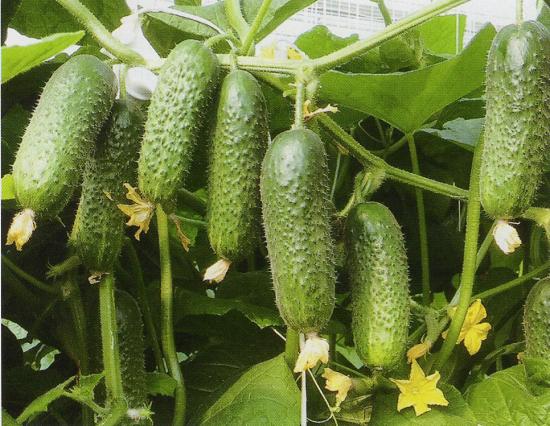
When the central shoot reaches the top crossbar of the trellis, its stem spreads over it. After this, the top of it is pinched at a height of 4-5 leaves from the top. After this, no more than two additional side shoots are left on the central stem.
This forming method is most effective when growing Kibria in winter-spring rotation in a greenhouse in low light conditions. The recommended plant density is from 2 to 3 bushes per square meter of area.
Pest Control
The greatest danger to the Kibria hybrid is posed by the following types of pests.
Aphid. A sucking pest that feeds on plant sap. Depending on the type, it may be green or black. If the numbers are too high, it can cause significant harm. Contact insecticides are suitable for killing aphids. In most cases, just one treatment is sufficient to completely eradicate a population.
Thrips.Quite common and dangerous pest. A characteristic sign of the appearance of thrips are white and yellow spots on the leaves. Thrips are very persistent pests, so their destruction must be approached comprehensively. To combat them, systemic insecticidal preparations are used. For example, “Aktara”, “Fitoverm” or “Commander” show good results.
Video about planting the Kibriya variety:
Whitefly. Another rather dangerous and difficult to destroy greenhouse pest. In appearance, the whitefly is somewhat similar to small moths with white wings. It appears most often at elevated temperatures and humidity.
Therefore, the most important measure for preventing whiteflies is maintaining optimal moisture and temperature conditions. A characteristic sign of the appearance of this pest is a shiny coating. To destroy it, you can use the following insecticides: Alatar, Fufanon, Mospilan and a number of others.
Spider mite. One of the most common problems when growing cucumbers indoors. A sign of its appearance is a characteristic sticky coating in the form of a cobweb. To destroy it, special preparations are used - acaricides. For example, Fitoverm or Actellik have good effectiveness.
Cucumber Kibria is a modern high-yielding hybrid. Anyone can grow it on their own plot or in a greenhouse. The main thing is to create suitable conditions for its development and carry out all the necessary care measures.
